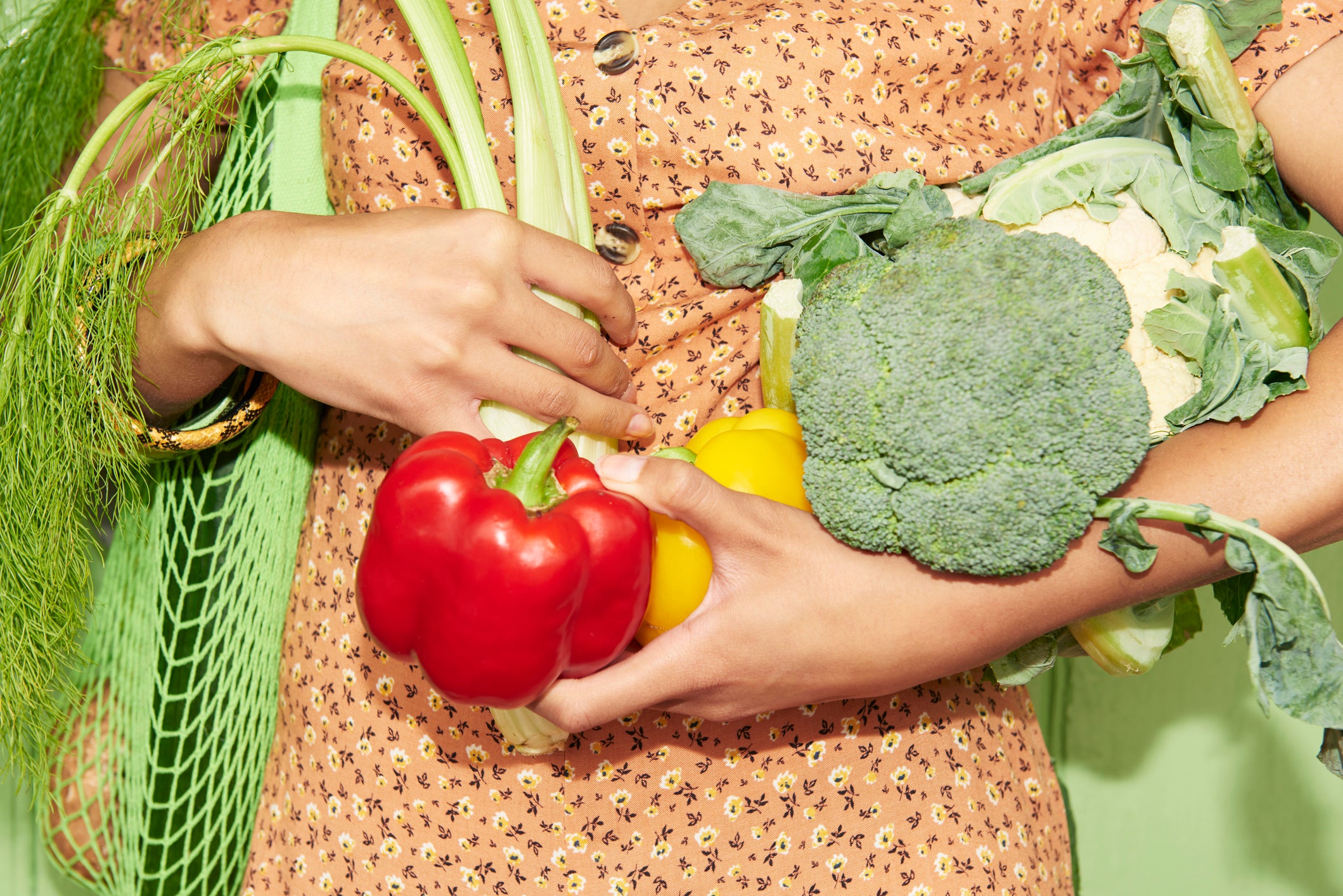Label Lingo: Plant-Based Diet vs. Vegan Diet

(Photo: WeAre / Getty Images)
Plant-based products have never been hotter. From grocery store aisles to restaurant menus, the term plant-based is everywhere these days. Meanwhile, vegan has become so mainstream that it seems like every day, you hear about another celebrity or athlete going vegan.
So does plant-based mean vegan and vice versa? It’s hard enough reading labels on food products let alone figuring out the difference between these terms, especially when you throw “whole food” in front of plant-based. While they do have things in common, there are differences between these labels. Experts untangle them below.
Plant-Based Versus Vegan
As the name implies, plant-based dieters are focused on increasing the amount of plant-based food sources in their meals. This means more fruits, vegetables, legumes, tubers, nuts, seeds, legumes and grains. “Although a person on a plant-based diet may still consume foods with animal products and/or byproducts, the ratio of plant-based sources increases while foods from animal and seafood sources are minimized,” says Dan Nguyen, R.D.N., registered dietitian and nutritionist at HelloFresh.
Of course, the “based” part of plant-based can be confusing, namely because it has wide-ranging meanings. For some, it could indicate that they’re eating 51 percent of their diet from plants while others might be closer to 90 or 95 percent. They can both be called plant-based eaters, but only if you’re eating 100 percent plants can you say that you’re a whole-food, plant-based eater, says Susan Levin, M.S., R.D., C.S.S.D., director of nutrition education for the Physicians Committee for Responsible Medicine.
Vegan, on the other hand, means that this person eats zero animal products. That translates into no meat, poultry, dairy, seafood, or any animal byproducts.
But, for many, what it means to be vegan extends beyond the diet. According to the Vegan Society, vegan is defined as “a philosophy and way of living which seeks to exclude—as far as is possible and practicable—all forms of exploitation of, and cruelty to, animals for food, clothing or any other purpose; and by extension, promotes the development and use of animal-free alternatives for the benefit of animals, humans and the environment. In dietary terms, it denotes the practice of dispensing with all products derived wholly or partly from animals.”
Why Plant-Based and Vegan Labels Aren’t a Health Halo
Eating more plants is the key to better health and even longer life, according to numerous studies. “Plants are a powerhouse of fiber, vitamins, minerals, antioxidants and phytonutrients,” Nguyen says. By eating more plants and fewer animals, you’ll get more of these valuable nutrients. As a result, you might experience lower blood sugar, LDL (or bad) cholesterol, and blood pressure, to name a few beneficial side effects. Plus, eating fewer animal foods and seafood will help decrease your carbon footprint, which is a win for the planet.
Yet don’t get duped into thinking that foods labeled plant-based or vegan are automatically healthy. The surprise? Many of these foods are still highly processed. “Foods marketed as plant-based may not necessarily be healthy or contain many whole plant foods,” Nguyen says.
These foods can be high in fat, sugar and/or sodium and could still make you sick, putting you at greater risk for chronic conditions like heart disease and diabetes. That’s true even if you’re a junk food vegan who primarily eats processed vegan food. “Just taking animal products out of your diet doesn’t guarantee that you’ll be healthier, as you may not be getting the fiber and nutrients you need,” Levin says.
How to eat healthy, no matter whether you’re plant-based or vegan
While going plant-based, more so vegan because you’re eliminating all animal products, is an admirable first step, it shouldn’t be your end step if you’re prioritizing health, Levin says. Instead, think about moving as close as you can to a 100 percent whole-food diet.
To get there, Levin suggests reading food labels and keying in on fiber. “Fiber is often a good indicator of how processed the product is,” she says. If you don’t see much fiber in a food, chances are it’s on the low end of the healthy food scale.
Then check the added sugar and the ingredient list in general. “If you see ingredients you don’t know how to pronounce, you should probably avoid putting that food in your cart,” Levin says.